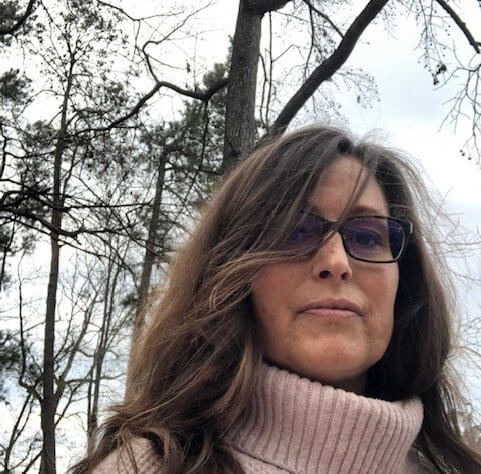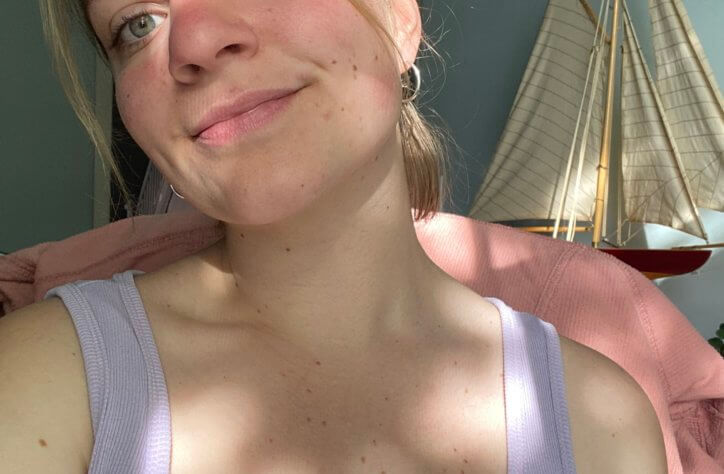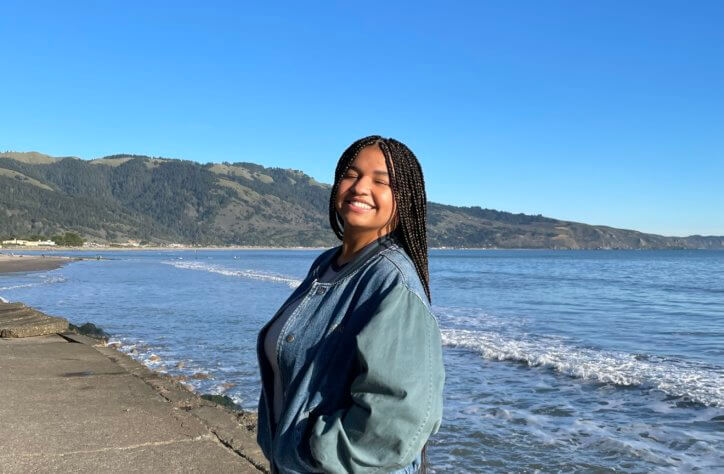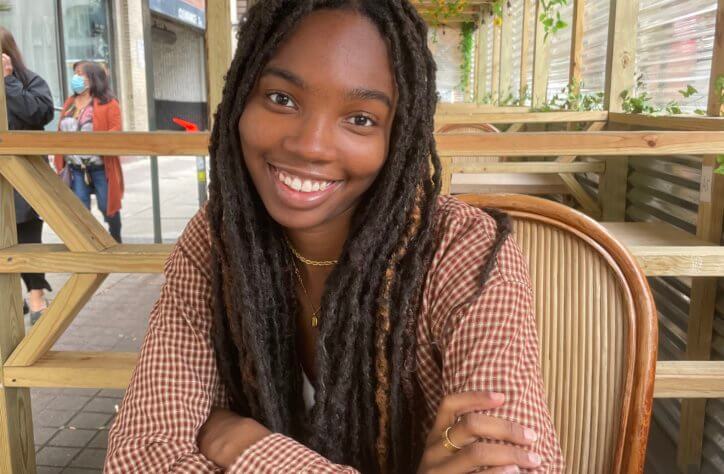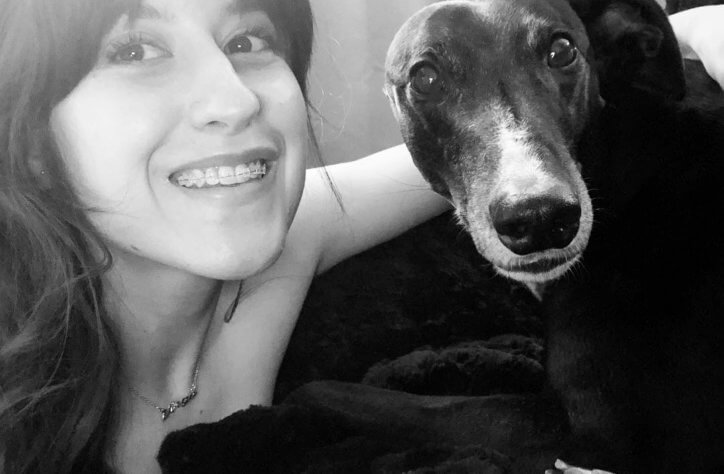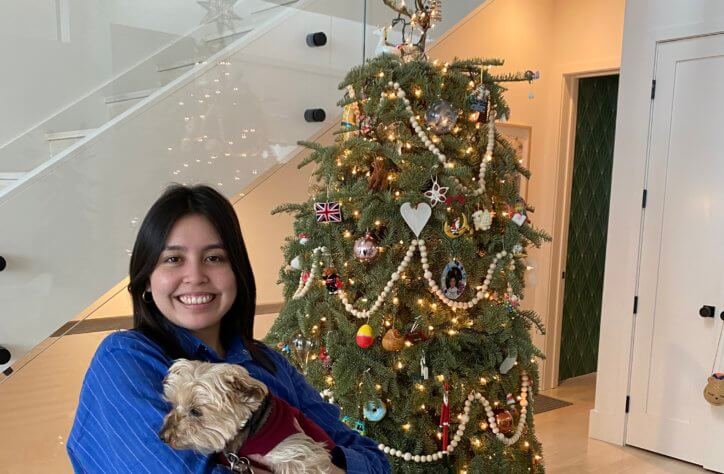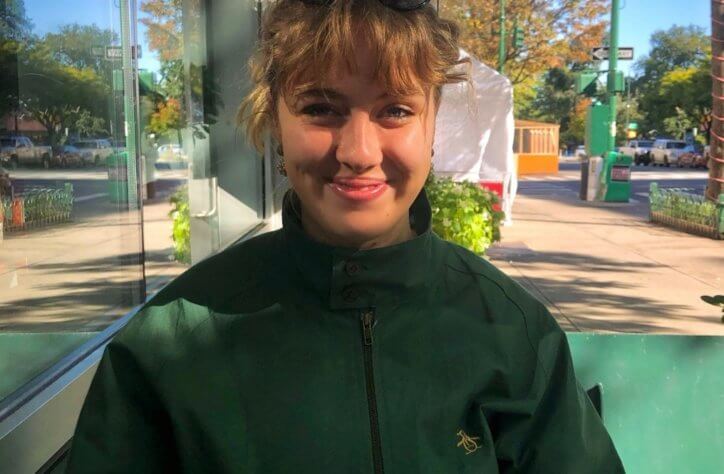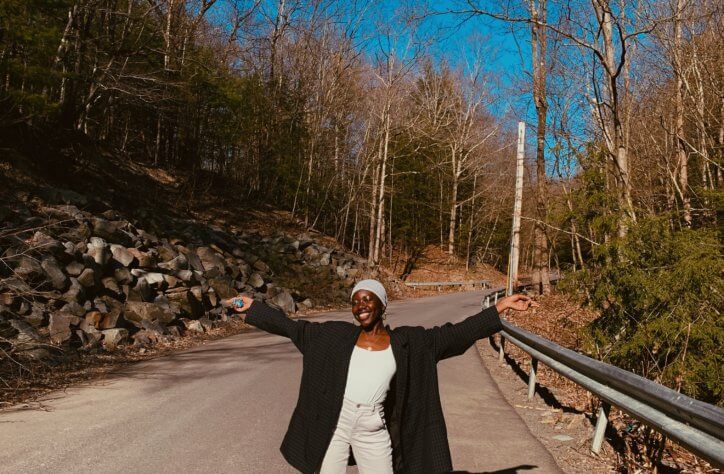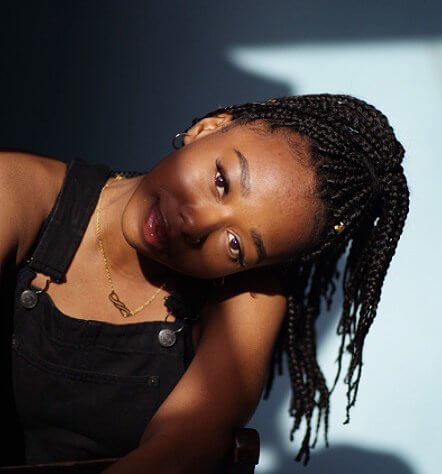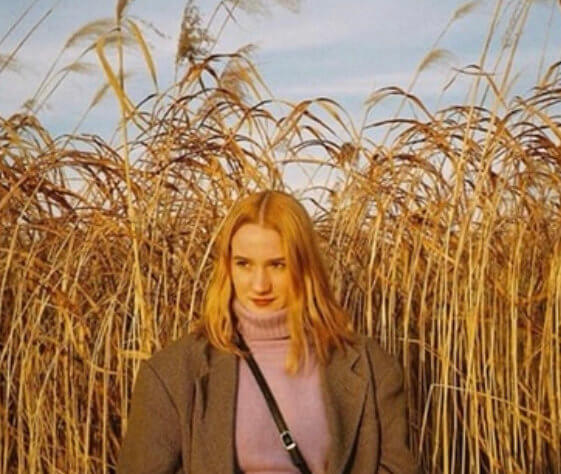Behind the Mask
For as long as I remember, well, probably since my early teens when I became a lot more image conscious, I have lived behind a mask. A mask of straightened hair, wigs, extensions, Instagram filters – to name a few. I can remember back to why I put the mask on in the very first place; it wasn’t to hide, it was to blend in. I wanted to look like everyone else, everyone around me.
I grew up in Devon which is 98% white, as a mixed race only child with a big afro and brown skin. Everyone I knew and saw looked the exact opposite of me, and I hated it. I was a shy child so I hated standing out and being noticed; I would look away when people spoke to me and hide at the back of my dance classes hoping that no-one looked at me, which was often mistaken for rudeness or lack of interest.
I was confident amongst my friends, and always loved to sing and dance and be playful, but it’s almost as though as soon as I caught a glimpse of myself in the mirror, I was reminded that I was different and that confidence was stolen from me. It seems sad that even as a young child, one is aware of their appearance in such a way, and maybe that isn’t the case for everyone, but it certainly was for me.
My mum has always been amazing. Since I was tiny she has always taught be that being different isn’t a flaw, it’s a good thing. Taught me to embrace my brown skin, my big curly hair, the fact that I stood out, and it’s not that I didn’t listen or try, but somehow I just couldn’t embrace it. I remember having a picture taken with my friend as we played ‘fancy dress’ – I was a cat and she was a witch, I had drawn whiskers on my face and my hair was down. My friend had poker straight, thick blonde hair – it was beautiful. As soon as the picture was taken I fell into my mum’s lap and cried that I wished that I had straight hair. She told me to stop being silly and that my hair was beautiful. My friend’s mum said the same, but it felt like they were lying. I didn’t know how anyone could find it beautiful.
I learnt to live with disliking parts of my appearance, and then as I got older I realised that I could change some the things that I didn’t like. I begged my mum for GHD straighteners for Christmas when I was about 14, and after a bit of a battle, she agreed to let me have them – that was it, I was finally able to feel a little more like everyone else, which in turn made me feel more like myself. There was no going back after that, once I’d had it straight I never wanted to wear it curly again, and as time went on, wearing it natural felt more and more uncomfortable. This was probably encouraged by the fact that the first time I went into school with it straightened I got so many compliments, people that didn’t even usually speak to me said how nice I looked. I started to feel good about myself. Straight hair was my first mask.
As I continued to grow older and aware that I could alter parts of how I looked and, consequently, how I felt about myself, I also discovered fashion. This would become my next mask, my cape, but also my biggest superpower. It was through fashion that I learnt that I could be whoever I wanted to be. I was able to express my inner self through my own individual style. At first, of course, I dressed like my friends and the people around me; I wore dresses and heels and little skirts, and then I discovered streetwear, the men’s section and oversized clothing, I began to dress more androgynous. I felt so comfortable and empowered, and for the first time ever I was happy to stand out. I found a comfort in fashion that made me proud to be different, have my own style, and not dress like everyone else, and that has stuck with me. Fashion is my second language, it’s the way that I express myself when not through words – spoken or sang.
One thing that I am immensely grateful for is the fact that social media wasn’t a big deal when I was school-age. The pressure that apps like Instagram put on us is stressful even as an adult – having that pressure as a child/teenager, whilst dealing with all of the other inevitable stresses that come at those ages is unimaginable. Imagine revising for an exam you’ve got the next day and also feeling like you have to post the perfect selfie because all of your friends have. That’s no childhood, that’s damaging, and its creating a society that thinks that looks and aesthetics are more important than actually just enjoying life.
If I could turn back time, I would stand side by side with my younger self and remind her every single second that she is no less beautiful than her peers just because she doesn’t look like them. I would tell her that one day she will see what other people saw when they said that her natural hair was beautiful. If I had grown up in London, or anywhere that was more culturally diverse and where there were people around me that looked more like me, it probably would have been a completely different story. I, perhaps, would have embraced my hair, my skin, my culture as they wouldn’t have been ‘different’. But I wouldn’t have learnt that being different is what makes you you.
I wish that I could end this by saying that I have learnt to love every part of myself, but that would be a lie. My hair is still a daily battle, it’s probably the thing that I’ve cried about the most in my life. But what I’ve learnt was what’s behind the mask doesn’t deserve to be hidden, it deserves to be seen and embraced and loved. And I’m on my journey to doing just that.
